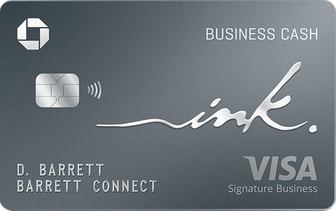
The FICO Auto Score, a credit score that car loan lenders use to assess potential borrowers, is called the FICO Auto Score. It is composed of two parts: the base FICO score and the industry-specific overlay score cards. The industry-specific overlay scoring cards target auto debt risk. While the base FICO score is an indicator of financial health, it's not a comprehensive measure of financial health.
Variables in your FICO Auto Score
Lenders use your FICO auto score to decide if you're a candidate for auto loan approval. While it can be modified in many ways, it is the most popular score used by lenders. FICO 9 was the most recent version and was introduced by lenders in 2014. It is available from all three major credit bureaus. To improve your score and get better deals, you should be able to identify the weights of each variable.

Credit bureaus can report information to them from different sources. These include debt collectors, loan companies, and others. Keep in mind, however, that not all companies will report to every bureau. Your FICO score can be a composite of all your credit reports. It may not be accurate.
Variables within your VantageScore credit score
Your credit score is calculated based on several factors, including payment history and age. These factors account for 61% your total score. FICO allocates 35% of the weight for payment history, 10% for new credit lines, and 15% for overall credit history. Both credit scores penalize late payments equally. Using credit responsibly and making your payments on time can boost your score.
VantageScore 4.0 is the latest version of the VantageScore credit score model, which uses a longer history to provide a more complete picture of a borrower's credit history. TransUnion, Experian, and TransUnion have different reporting requirements. This means your VantageScore score is more reliable.
How to access your FICO auto score
The FICO score is a useful tool for those who are looking to buy a car. It can also be an important way to keep track of your credit history. While the base FICO score is a general measure of your creditworthiness, the FICO auto score is specific to auto loans. There are many versions. It can range from 250 to 900. The most recent version was released in June 2016. It is based upon trended data from TransUnion CreditVision Data. It covers up to 30 month.

A higher FICO auto score will increase your likelihood of getting approved to borrow money. This can also lead you to receiving a better interest rates. Credit monitoring services may be able help you access your FICO credit score, depending on your financial situation. However, you must note that these services may not always offer the same version as your lender. You can use any of the three credit bureaus to improve your auto score.